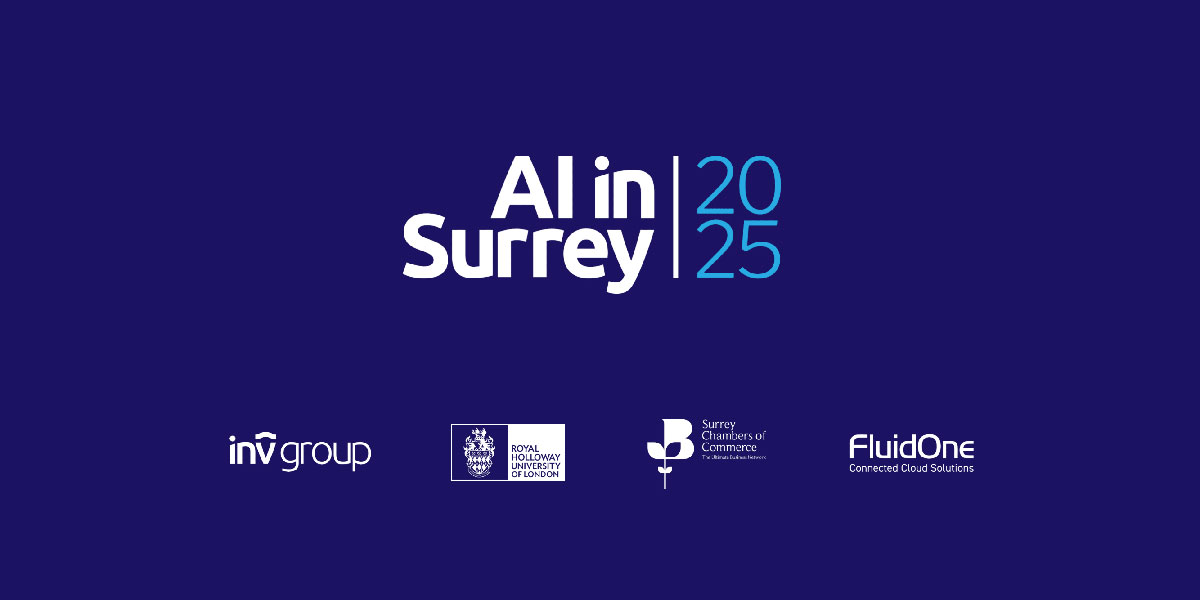This press release relates to this paper in the British Medical Journal by Simon Swift et al.
Patients made to wait longer than five hours at A&E face an increased risk of death within 30 days, a new study shows.
Researchers analysed data from Hospital Episode Statistics and the Office of National Statistics detailing the A&E waiting times of more than 5 million patients, and linked it to 30-day all-cause mortality.
They found a “striking” linear response that clearly established a relationship between waiting times in excess of five hours and the likelihood of dying within 30 days.
It was most stark in patients that waited between six and eight hours, who were 8% more likely to die within 30 days from any cause – the equivalent of one in 82 patients.
“With the average hospital admitting hundreds of patients through A&E a week, an increase in mortality of 1 in 82 suggests that every week across the NHS people are dying because of delays to admission to A&E,” said co-author Dr Simon Swift, an Honorary Associate Professor at the University of Exeter Business School’s INDEX research centre, and Managing Director of Methods Analytics.
The study looked at patient data from 2016-18 and focused on waits of between 5 and 12 hours, but since the pandemic A&E admissions and waiting times have soared – in December 2021 there were 499,000 admissions in England with around 13,000 patients waiting 12 hours or more.
A four hour A&E waiting target for NHS England was introduced in 2004, but has not been met successfully since 2015.
In December 2021 only 73.3% of patients were seen at A&E within four hours, the lowest level since records began.
Dr Swift said: “Clinically there is a belief that waiting in A&E is bad for people as they’re not in a location where they can receive the best care or be observed effectively and particularly for older people it’s quite a noisy and chaotic environment which is very disorientating.”
He added that A&E departments are not themselves to blame for what he describes as a “systems wide flow issue”.
“A&E is the canary in the coalmine, it’s where the problem is visible, but this is a systems issue,” said Dr Swift.
“Some of the causes happen before A&E, when there are other places people could seek treatment, or when people don’t need to seek treatment at all.
“It’s happening in the wards which are so busy that people can’t be pulled through from A&E, and it’s happening back out in the community where there aren’t the services that enable people to be discharged from hospital.
“So this is a systems wide flow issue that is visible most critically in A&E.”
“Association between delays to patient admission from the emergency department and all-cause 30-day mortality” is published in the Emergency Medicine Journal.





